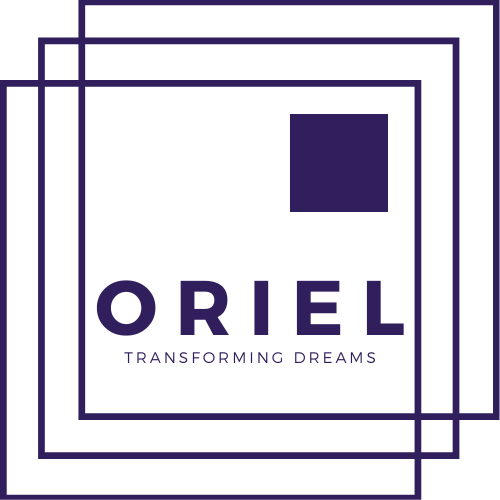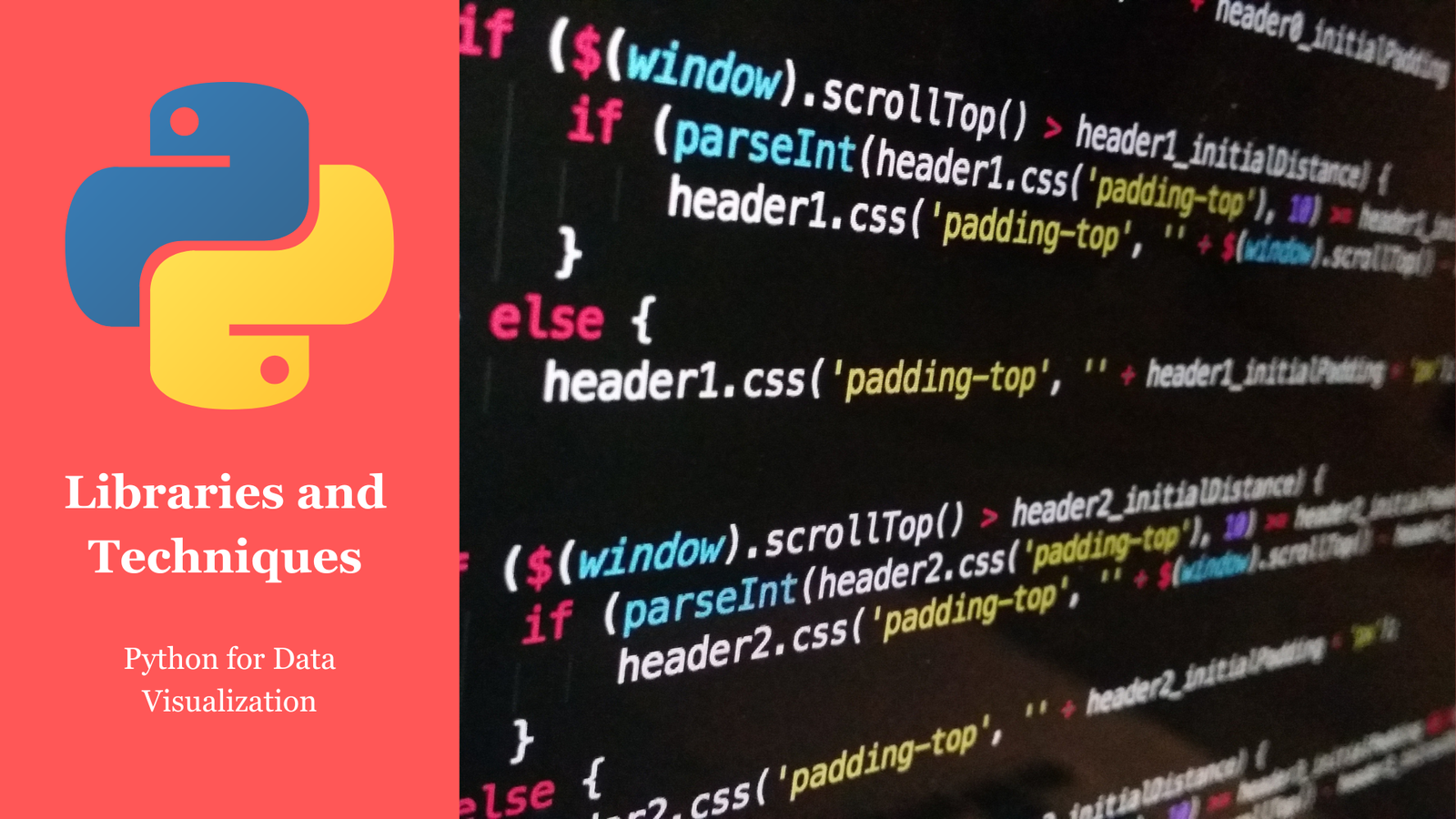Introduction
In the data-driven world, visualization plays a vital role in understanding patterns, trends, and insights hidden in raw data. Python offers a robust ecosystem of libraries for creating stunning visualizations, making it an essential tool for data scientists and analysts.
This guide introduces the importance of data visualization, explores popular Python libraries, and demonstrates how to create different types of visualizations. By the end, you’ll have the knowledge to effectively present data and tell compelling stories.
What is Data Visualization?
Data visualization is the graphical representation of data. It uses visual elements like charts, graphs, and maps to make complex data easier to understand.
Key Benefits:
1. Identifies trends and patterns.
2. Highlights outliers and anomalies.
3. Simplifies data-driven decision-making.
Popular Python Libraries for Data Visualization
1. Matplotlib:
The foundational library for static, interactive, and animated visualizations.
• Pros: Highly customizable.
• Use Case: Creating basic plots.
pip install matplotlib2. Seaborn:
Built on Matplotlib, Seaborn simplifies statistical plotting with beautiful default styles.
• Pros: Great for heatmaps, distributions, and categorical plots.
• Use Case: Statistical data visualization.
pip install seaborn3. Plotly:
An interactive visualization library with support for dashboards.
• Pros: Interactive and web-based visualizations.
• Use Case: Dashboards and interactive plots.
pip install plotly4. Other Libraries:
• Altair: Declarative visualizations.
• Bokeh: Interactive visualizations for web applications.
• ggplot: Inspired by R’s ggplot2.
Setting Up Your Environment
1. Install necessary libraries:
pip install matplotlib seaborn plotly pandas numpy2. Import them into your project:
import matplotlib.pyplot as plt
import seaborn as sns
import plotly.express as px
import pandas as pd
import numpy as npCreating Visualizations: Hands-On
1. Line Charts with Matplotlib
Used to visualize trends over time.
# Sample data
years = [2018, 2019, 2020, 2021, 2022]
sales = [200, 250, 300, 350, 400]
plt.plot(years, sales, marker='o', linestyle='-', color='blue')
plt.title("Yearly Sales Growth")
plt.xlabel("Year")
plt.ylabel("Sales ($)")
plt.grid(True)
plt.show()2. Bar Charts with Seaborn
Ideal for comparing categorical data.
data = {"Product": ["A", "B", "C"], "Sales": [100, 200, 300]}
df = pd.DataFrame(data)
sns.barplot(x="Product", y="Sales", data=df, palette="viridis")
plt.title("Product Sales Comparison")
plt.show()3. Scatter Plots with Plotly
Great for showing relationships between two variables.
# Sample data
df = pd.DataFrame({
"Height": [150, 160, 170, 180, 190],
"Weight": [50, 60, 70, 80, 90]
})
fig = px.scatter(df, x="Height", y="Weight", title="Height vs Weight")
fig.show()4. Heatmaps with Seaborn
Useful for correlation matrices or data density.
# Correlation matrix
data = np.random.rand(5, 5)
sns.heatmap(data, annot=True, cmap="coolwarm")
plt.title("Heatmap Example")
plt.show()5. Pie Charts with Matplotlib
Displays proportions of categories.
labels = ['Category A', 'Category B', 'Category C']
sizes = [50, 30, 20]
colors = ['gold', 'lightblue', 'lightgreen']
plt.pie(sizes, labels=labels, colors=colors, autopct='%1.1f%%', startangle=140)
plt.title("Category Distribution")
plt.show()6. Interactive Dashboards with Plotly
df = pd.DataFrame({
"Month": ["Jan", "Feb", "Mar", "Apr"],
"Revenue": [1000, 1200, 1500, 1700]
})
fig = px.line(df, x="Month", y="Revenue", title="Monthly Revenue")
fig.show()Tips for Effective Visualizations
1. Keep It Simple: Avoid clutter; focus on the story you want to tell.
2. Choose the Right Chart: Match the visualization type to the data and insights.
3. Use Consistent Colors: Ensure accessibility by using colorblind-friendly palettes.
4. Label Clearly: Add titles, labels, and legends for clarity.
5. Provide Context: Include units, axes labels, and annotations where needed.
Best Practices
1. Understand Your Data: Perform exploratory data analysis (EDA) before visualizing.
2. Iterate and Refine: Test different chart types and layouts.
3. Use Interactive Tools: For dashboards and real-time analysis, leverage Plotly or Bokeh.
4. Audience Awareness: Tailor visualizations for technical or non-technical audiences.
FAQs
1. What is data visualization?
Data visualization is the process of representing data graphically to uncover insights and trends.
2. Which Python library is best for beginners?
Matplotlib is great for beginners due to its simplicity and flexibility.
3. When should I use Seaborn over Matplotlib?
Use Seaborn for statistical plots or when you want aesthetically pleasing charts with minimal effort.
4. What are the benefits of using Plotly?
Plotly enables interactive, web-based visualizations ideal for dashboards.
5. How do I handle large datasets for visualization?
Use libraries like Dask to handle large data or sample the data for visualization.
6. What are heatmaps used for?
Heatmaps visualize the intensity or correlation of data points across a matrix.
7. Can I integrate Python visualizations into web apps?
Yes, libraries like Plotly and Bokeh are designed for embedding in web applications.
8. What’s the difference between static and interactive visualizations?
Static visualizations are fixed images, while interactive visualizations allow zooming, panning, and real-time updates.
9. How do I make visualizations accessible?
Use clear labels, descriptive text, and colorblind-friendly palettes.
10. What is the future of data visualization?
The future lies in real-time, AI-driven, and immersive visualizations such as augmented and virtual reality.
Conclusion
Data visualization bridges the gap between raw data and actionable insights. Python’s versatile libraries like Matplotlib, Seaborn, and Plotly empower you to create meaningful visualizations that effectively communicate your findings. By mastering these tools and techniques, you’ll not only enhance your data analysis skills but also tell compelling stories that drive informed decisions.

